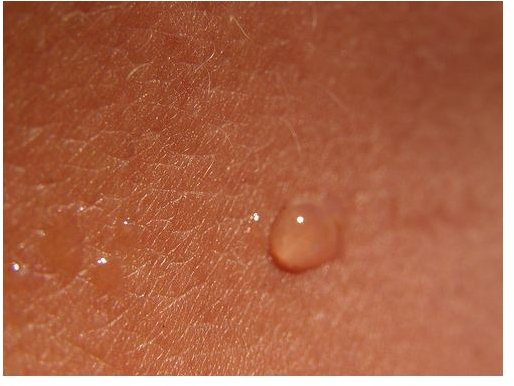Types of Cells in the Human Body and Their Uses: A Study Guide
The smallest units of all living organisms, cells, are a fascinating combination of individually-functioning parts. There are hundreds of different types of cells in the human body and their uses vary depending on the part of the body in which they reside. Different types of cells make up the nervous system, the respiratory system, and every other part of the body.
Skin Cells
Epithelial cells, or skin cells, divide and reproduce much more quickly than some other types of cells. Skin cells form a protective barrier between delicate organs and the outside world.
Not only do skin cells provide a means to contain all the various inner workings of the human body, but they also help to regulate body temperature, and to keep out infection. Skin cells are square in shape and flat.
Human skin itself is composed of layers of cells: the epidermis, the dermis, and the hypodermis. The epidermis is the outermost, visible layer of skin which provides waterproof protection against foreign substances. The dermis, the layer beneath the epidermis, is a thick layer of tissue which contains glands, nerve endings, hair follicles, and blood vessels.The hyperdermis - also referred to as subcutaneous tissue - resides below the dermis and is mostly used for fat storage.
Muscle Cells
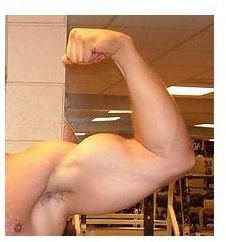
Human muscles contain hundreds of thousands of muscle cells and each muscle cell performs a function specific to the type of muscle of which it is a part. Individual muscle cells, or muscle fibers, are composed of myofibrils - cylindrical structures which contain both thick and thin filaments.
The overlapping of these filaments creates cellular units called sarcomeres and when muscle fibers and sarcomeres are grouped together, they form what are called fascicles. These bundles, or fascicles, are then grouped together to form human muscle.
There are three different types of muscles within the human body: skeletal, cardiac, and smooth muscle. Skeletal muscle is anchored to bone by tendons and can be used to facilitate motion. Cardiac muscle is similar in structure to skeletal muscle, but is only present in the heart.
Smooth muscle, also called involuntary muscle, makes up the walls of organs and other bodily structures like the esophagus and blood vessels.
Nerve Cells
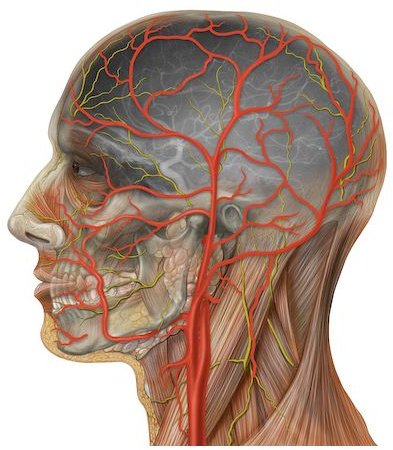
Nerve cells, or neurons, are electrically charged cells that transmit information between different parts of the body by means of electrical and chemical signals. Neurons make up the body’s nervous system, which includes the brain and spinal cord by forming networks of nerve cells through which signals, or synapses, can be sent.
There are several specific types of neurons including the sensory neurons and motor neurons. Sensory neurons respond to stimuli affecting the cells of sensory organs, like the eyes, and then send signals to the brain.
Motor neurons transmit signals from the brain and spinal cord to other parts of the body to affect the glands and to stimulate muscle contractions which facilitate movement.
Stem Cells
Stem cells are known for their self-renewing properties and for their capacity to differentiate into many specialized cell types.
Recent scientific developments have led to the manipulation of stem cells to produce viable tissues through the means of cell culture. Stem cells are found in high concentration in amniotic fluid, umbilical cord blood, and bone marrow.
These cells can be used to treat leukemia and may, in the future, provide insight into a cure for Parkinson’s disease, spinal cord injuries, and other types of cancer.
Gametes
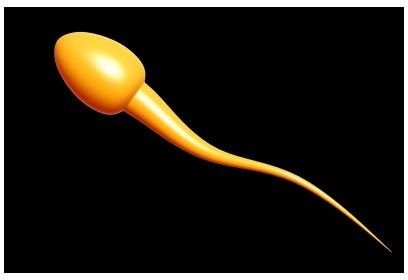
Gametes, or sex cells, exist in two varieties within the body: sperm and eggs. These cells are formed by the process of meiosis within the ovaries and testes.
The union of these two types of cells initiates the process of reproduction and the formation of a new individual.
Both male (sperm) and female (egg) sex cells contain genetic material (called DNA) and the combination of the genetic material results in an individual genetically different from the parents.
How Cells Work Together in the Human Body
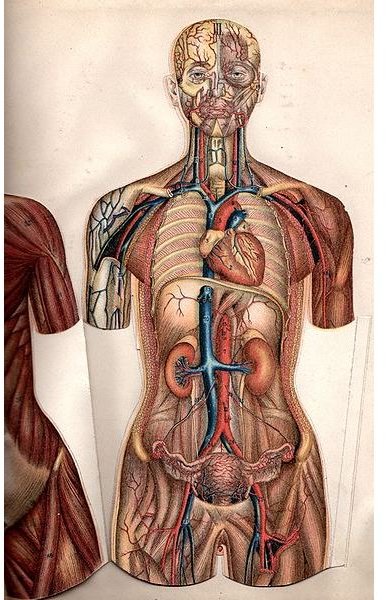
Although there are many different types of cells in the human body and their uses are all very different, every cell works together with every other cell to make the body function.
All cells in the human body are encased in a cell membrane which not only protects the contents of the cell but also contains receptors which help to identify one cell to another. The different cells in the human body perform different functions, each one essential to the overall health of the body.
Some cells produce substances which the body needs to survive - substances like insulin - and others are bound together to create bones, muscles, and organs. Nerve cells allow for communication between all the different parts of the body and help to regulate its many functions.
If the function of even one type of cell is interrupted, the entire body can be affected. Though they may be small, cells are what make up the human body and what make it work.
From nerve cells and muscle cells to stem cells and sex cells, there are myriad types of cells in the human body and their uses are just as variegated. No one type of cell is more important than the other, because without all of the different types of cells the human body would not be able to function.
It is because of the hundreds of different types of cells working together that our lungs are able to take in oxygen and that our brain can communicate with the different parts of our body. Cells are the fundamental units that make up the human body and they are extremely important.
References
“Cells: The Human Body,” Merck Manuals.com, https://www.merckmanuals.com/home/sec01/ch001/ch001b.html
“Structure and Function: Biology of the Skin,” Merck Manuals.com, https://www.merckmanuals.com/home/sec18/ch201/ch201b.html
“Structure of a Muscle Cell,” Ivy Rose.co.uk, https://www.ivy-rose.co.uk/HumanBody/Muscles/Muscle_Cell.php
Image Credits
Muscles photo by Flickr user Hairy.Jacques
Skin photo by Flickr user JoAndre Johansen
Nervous System photo by Flickr user Patrick J Lynch
Sperm Cell photo by Jscreationzs/Free Digital Photos.net
Female Anatomy photo by Wikimedia Commons
